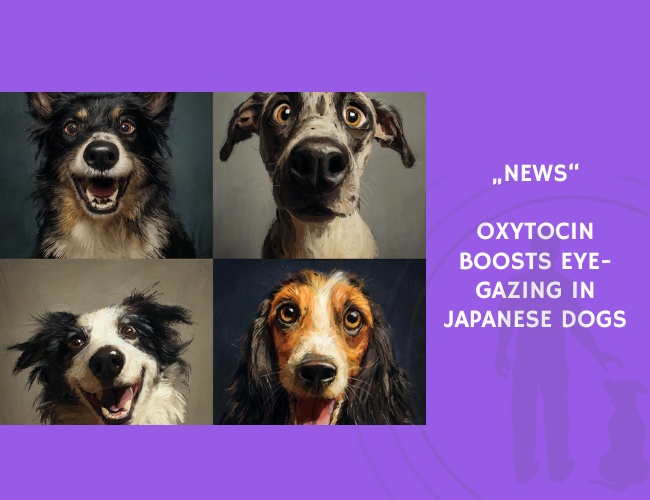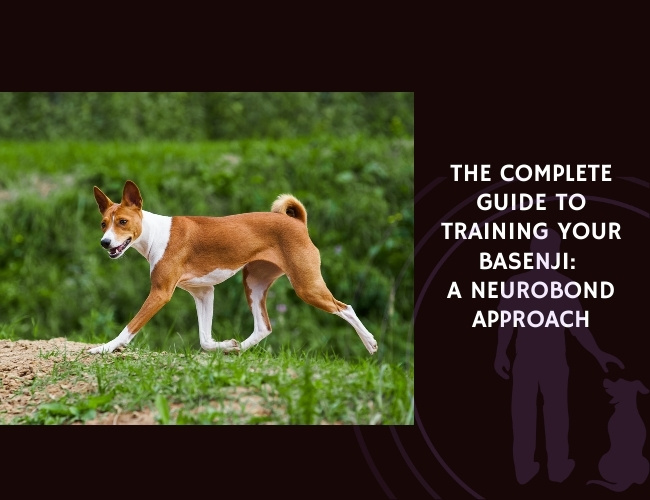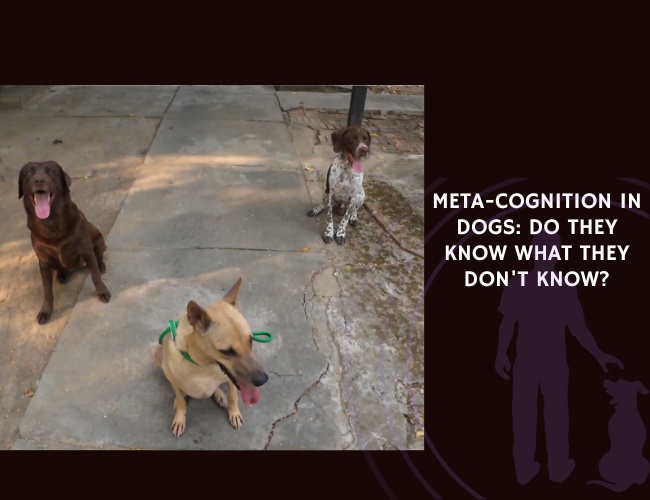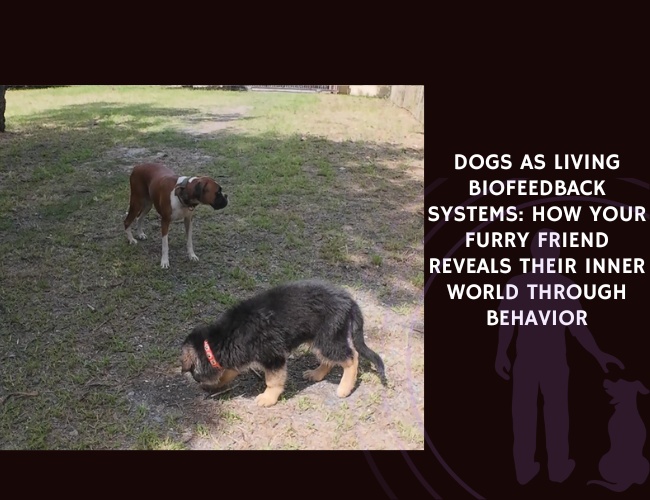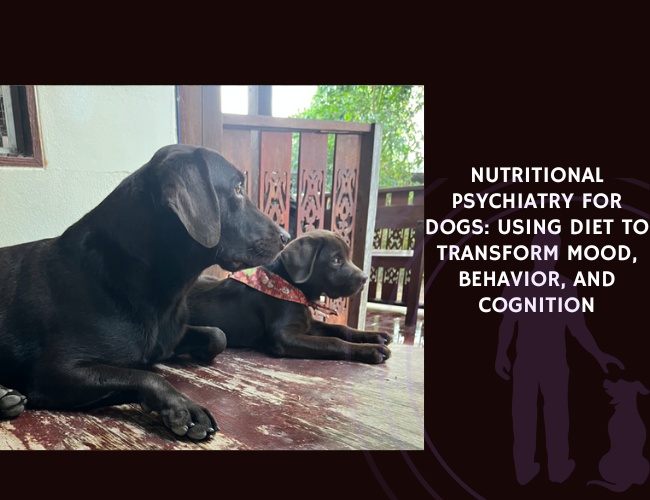Eye contact plays a critical role in the human-dog bond, stimulating oxytocin release that fosters affiliative behaviors. While this phenomenon has been well documented in European dog breeds, its presence in ancient breeds closer to wolves genetically has been less clear. A 2017 study published in Frontiers in Psychology examined whether Japanese dog breeds also use eye-gazing to connect with humans, and how oxytocin influences this behavior.
The research team, led by Miho Nagasawa, administered intranasal oxytocin or saline to Japanese dogs before testing. They measured dogs’ gazing behavior, proximity, and skin contact with their owners, while also analyzing heart rate variability (HRV) and urinary oxytocin levels in both dogs and owners during interactions.
Results showed that oxytocin treatment significantly increased the duration of dogs’ gazing toward their owners. This in turn elevated the owners’ urinary oxytocin levels, demonstrating a bi-directional hormonal response similar to that observed in European breeds. However, compared with European dogs, Japanese breeds engaged in relatively little skin contact or close physical proximity with their owners, suggesting different strategies for forming attachment bonds.
Interestingly, the study also noted sex-related differences. Owners of female dogs exhibited lower HRV measures such as SDNN and RMSSD when dogs received oxytocin, indicating heightened physiological tension. This suggests that interactions between dogs and humans may vary depending on the dog’s sex, potentially influencing bonding dynamics.
The findings support the idea that ancient Japanese breeds use eye-gazing as an attachment behavior toward humans, but also rely on alternative strategies beyond gaze alone. By enhancing gazing and triggering oxytocin release in both dogs and owners, the hormone contributes to strengthening human-dog bonds across diverse breeds.
Source: Nagasawa, M., Ogawa, M., Mogi, K., & Kikusui, T., Frontiers in Psychology, September 21, 2017. https://doi.org/10.3389/fpsyg.2017.01623

